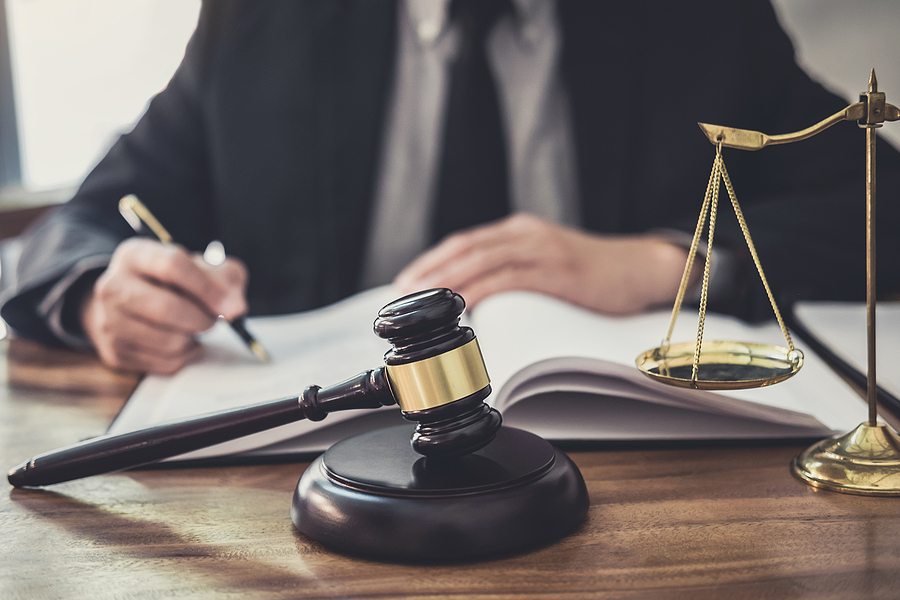Criminal cases and civil cases have distinct differences in the judicial process. In criminal cases, the primary actors are the U.S. Attorney (the prosecutor) and the grand jury. Let’s delve into the various stages of a criminal case to understand how the system operates.
The Initial Proceedings
At the start of a federal criminal case, the U.S. Attorney represents the United States in court proceedings, including criminal prosecutions. The U.S. Attorney presents evidence to the grand jury, whose role is to decide if there is enough evidence to proceed to trial.

The Burden of Proof
In a criminal trial, the burden of proof rests on the government. Defendants are not required to prove their innocence. Instead, the government must provide sufficient evidence to convince the jury of the defendant’s guilt. The standard of proof in a criminal trial is “beyond a reasonable doubt.” This means that the evidence must be so strong that there is no reasonable doubt of the defendant’s guilt.
Pretrial Proceedings
During the pretrial stage, a judge reviews arrest reports and conducts an initial appearance. The judge informs the defendant of the charges, considers whether the defendant should be held in jail until trial, and determines if there is probable cause to believe that an offense has been committed. Defendants who cannot afford counsel are informed of their right to a court-appointed attorney.
Defendants released before trial may be subject to electronic monitoring or drug testing, and they are required to make periodic reports to a pretrial services officer to ensure their appearance at trial. At the arraignment, the defendant enters a plea to the charges brought by the U.S. Attorney. The majority of defendants plead guilty rather than go to trial. If a defendant pleads guilty, the judge may impose a sentence or schedule a hearing to determine the sentence.
The Trial Process
Criminal trials involve limited pretrial discovery proceedings, similar to those in civil cases. However, there are certain restrictions to protect the identity of government informants and prevent witness intimidation. Attorneys may file motions before the trial, such as requests to suppress evidence that could violate a defendant’s constitutional rights.
If a defendant is found not guilty, they are released, and the government may not appeal the verdict. The concept of “double jeopardy” prevents defendants from being tried twice for the same offense in a federal court.
Sentencing
If the verdict is guilty, the judge is responsible for determining the defendant’s sentence. During the sentencing phase, the court considers various factors, including U.S. Sentencing Commission guidelines, trial evidence, and information provided by the pretrial services officer, U.S. Attorney, and defense attorney.
A criminal sentence can include imprisonment, fines paid to the government, and restitution to be paid to crime victims. Probation officers enforce the conditions imposed by the court as part of the sentence. This may involve services such as substance abuse testing and treatment programs, job counseling, and alternative detention options like home confinement or electronic monitoring.
FAQs
Q: What is the burden of proof in a criminal trial?
A: The burden of proof in a criminal trial rests on the government, which must provide evidence beyond a reasonable doubt to prove the defendant’s guilt.
Q: Can a defendant be tried twice for the same offense in a federal court?
A: No, the Constitution prohibits “double jeopardy,” which means a person cannot be tried twice for the same offense in a federal court.
Conclusion
Understanding the judicial process in criminal cases is vital for anyone involved in or interested in the legal system. From the initial proceedings to the trial and sentencing phases, each step plays a crucial role in upholding justice. By adhering to the principles of E-E-A-T (experience, expertise, authoritativeness, trustworthiness), News Explorer Today provides accurate and insightful analysis to keep readers informed.